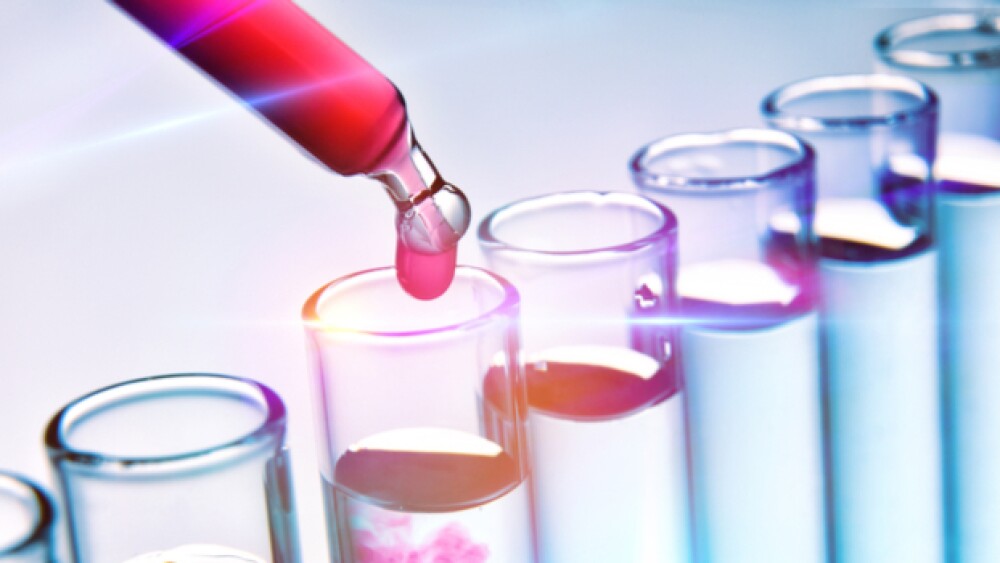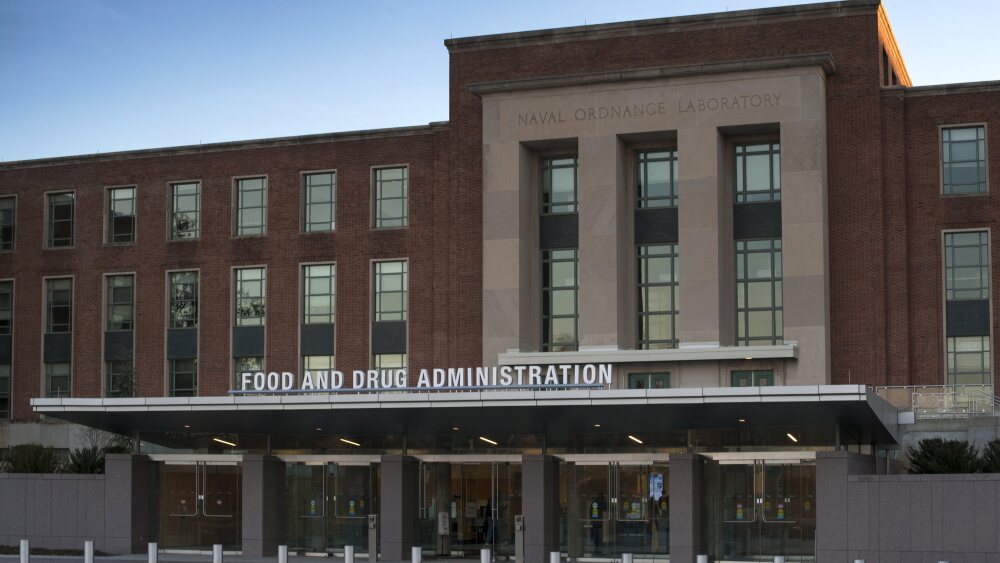Even with the Thanksgiving week, there is interesting and exciting research being conducted and published. Here’s a look.
Even with the Thanksgiving week, there is interesting and exciting research being conducted and published. Here’s a look.
A New Approach to Early Cancer Diagnosis
“Liquid biopsies” are all the rage, with several companies focused on developing tests that can detect cancer cells in the blood at the earliest possible time. Researchers with Princess Margaret Cancer Centre in Toronto, Ontario published work in the journal Nature describing a combination of liquid biopsy with epigenetic alterations and machine learning.
“We are very excited at this stage,” stated De Carvalho, senior scientist at the cancer center, University Health Network. “A major problem in cancer is how to detect it early. It has been a ‘needle in the haystack’ problem of how to find that one-in-a-billion cancer-specific mutation in the blood, especially at earlier stages, where the amount of tumor DNA in the blood is minimal.”
Instead of profiling genetic mutations, they profiled epigenetic alterations, finding thousands of modifications unique to different cancer types. They then applied machine learning to create classifiers that could spot the presence of cancer-related DNA in the blood samples as well as to determine the cancer type. They tracked the cancer origin and types in 300 patient tumor samples from seven disease sites, including lung, pancreas, colorectal, breast, leukemia, bladder and kidney, as well as samples from healthy donors. They have expanded that research now and profiled and successfully matched more than 700 tumor and blood samples.
New Molecule Found to Inhibit Inflammation
Inflammation is the cause or result of numerous diseases, including cancer, cardiovascular disease and immune diseases. Researchers with Sweden’s Karolinska Institute, the University of Texas Medical Branch, Upsala University and Stockholm University developed an anti-inflammatory drug that has a new mechanism of action. The research was published in the journal Science.
“This discovery could give rise to a new treatment for a very serious condition,” stated Thomas Helleday, from the Department of Oncology-Pathology at Karolinska. “We’ll now be developing our OGG1 inhibitor and examining whether it can lead to new treatments for inflammatory diseases in order to cure or relieve diseases such as sepsis, COPD and severe asthma.”
The research came out of work into how the body repairs DNA. This work has led to advances in cancer therapies, including PARP-inhibitors. The researchers were studying a new molecule to inhibit the enzyme OGG1, which repairs oxygen damage to DNA. They inadvertently discovered that the molecule also decreased inflammation. The compound blocked the release of inflammatory proteins like TNF-alpha.
To Carb or Not to Carb, that is the Question
Carbohydrates are good for you. And bad for you. Or both good and bad for you. At the same time. Maybe. Researchers with a broad range of expertise from the Harvard T. H. Chan School of Public Health, Children’s Hospital Boston and others argued for both positions and then came to a consensus, which they published in the journal Science.
“This is a model for how we can transcend the diet wars,” stated lead author David Ludwig, professor in the Department of Nutrition at Harvard Chan School and a physician at Boston Children’s Hospital. “Our goal was to assemble a team with different areas of expertise and contrasting views, and to identify areas of agreement without glossing over differences.”
The group argued from three different positions. First, that diets high in fat caused obesity, diabetes, heart disease, and possibly cancer, so low-fat diets were optimal. Second, processed carbohydrates negatively affect metabolism, so low-carb or ketogenic (very low-carb) diets with high-fat content are better for health. And third, the relative amounts of fat and carbs have little health significance, but the important part is the type of fat and carbs eaten.
The article gave them an outline for future research, as well as seven points of consensus. One of those points was that although there’s broad agreement about fundamental components of a healthy diet, a lot of work needs to be done.
Possible Preventive Treatment for Peanut Allergies
Aimmune Therapeutics, headquartered in Brisbane, Calif., announced the publication of its successful Phase III PALISADE clinical trial of AR101 to desensitize patients with peanut allergies. The research was published in the New England Journal of Medicine (NEJM).
“This publication in the New England Journal of Medicine recognizes the rigor, scale and importance of the PALISADE trial, which will inform ongoing research in food allergy and could change practice for peanut allergy,” stated A. Wesley Burks, Executive Dean and Curnen Distinguished Professor of Pediatrics, University of North Carolina School of Medicine, and a member of the Aimmune Scientific Advisory Board. Burks was also senior author of the NEJM study.
Although AR101 has a favorable safety profile, there were adverse side effects in more than 95 percent of patients in both trial groups, but nearly all of them were mild or moderate in severity. However, 2.4 percent had severe adverse events and 1.1 percent experienced serious adverse events. Two patients required the use of epinephrine due to severe adverse events.
In addition, about 11.6 percent of patients dropped out of the study because of the side effects, compared to 2.4 percent in the placebo group.
New Biofuel Could Power Implantable Medical Devices
Researchers at the Georgia Institute of Technology and Korea University developed a glucose-powered biofuel that could be used to power implantable medical devices. The work was published in the journal Nature Communications.
The teams used gold nanoparticles built on electrodes made from cotton fiber. The fuel cell has twice the power of conventional biofuel cells. They used a layer-by-layer technique to assemble and fabricate the gold electrodes, which boosted the power capacity to as much as 3.7 milliwatts per square centimeter.
“We could use this device as a continuous power source for converting chemical energy from glucose in the body to electrical energy,” stated Seung Woo Lee, an assistant professor in Georgia Tech’s Woodruff School of Mechanical Engineering. “The layer-by-layer deposition technique precisely controls deposition of both the gold nanoparticle and enzyme, dramatically increasing the power density of this fuel cell.”
Pacemakers and similar implantable devices are currently powered with batteries that last for years but require surgical replacement. A biofuel cell could potentially provide a continuous charge for those batteries, extending the lifespan of the devices without battery replacement.
Brain Cells Found in Kidney Organoids
Researchers from the Washington University School of Medicine in St. Louis found rogue cells, primarily brain and muscle cells, in kidney organoids. They make up about 10 to 20 percent of an organoid’s cells, but their presence suggests that the processes the body uses to stimulate stem cells into becoming kidney cells may also be creating other cell types. The research was published in the journal Cell Stem Cell.
“There’s a lot of enthusiasm for growing organoids as models for diseases that affect people,” stated senior author Benjamin D. Humphreys, director of the Division of Nephrology. “But scientists haven’t fully appreciated that some of the cells that make up those organoids may not mimic what we would find in people. The good news is that with a simple intervention, we could block most of the rogue cells from growing. This should really accelerate our progress in making organoids better models for human kidney disease and drug discovery, and the same technique could be applied to targeting rogue cells in other organoids.”
There is work being done to use kidney organoids as substitutes for human kidneys, and at first look this might be considered a problem. But the research team found an easy technique to prevent most of these rogue cells from forming, which they think could be used by other researchers who discover rogue cells in other organoids, such as brain, lung or heart.
Why People Like or Hate the Taste of Coffee
Human beings evolved to respond to certain types of tastes in a negative fashion. For example, bitterness is generally perceived to be a warning to protect against harmful substances. Yet, coffee, which has a bitter taste, doesn’t seem to affect some people. Researchers at Northwestern University believe that people with a heightened ability to taste coffee’s bitterness associate positive things with the taste. With researchers at QIMR Berhofer Medical Research Institute in Australia, they published their research in Scientific Reports.
“You’d expect that people who are particularly sensitive to the bitter taste of caffeine would drink less coffee,” stated Marilyn Cornelis, assistant professor of preventive medicine at Northwestern. “The opposite results of our study suggest coffee consumers acquire a taste or an ability to detect caffeine due to the learned positive reinforcement (i.e. stimulation) elicited by caffeine.”
Part of the study found that people sensitive to bitter flavors of quinine and of PROP, a synthetic taste related to cruciferous vegetables, avoided coffee. In terms of alcohol, a higher sensitivity to PROP’s bitterness resulted in lower alcohol consumption, especially of red wine.
Cornelis added, “The findings suggest our perception of bitter tastes, informed by our genetics, contributes to the preference for coffee, tea and alcohol.”





